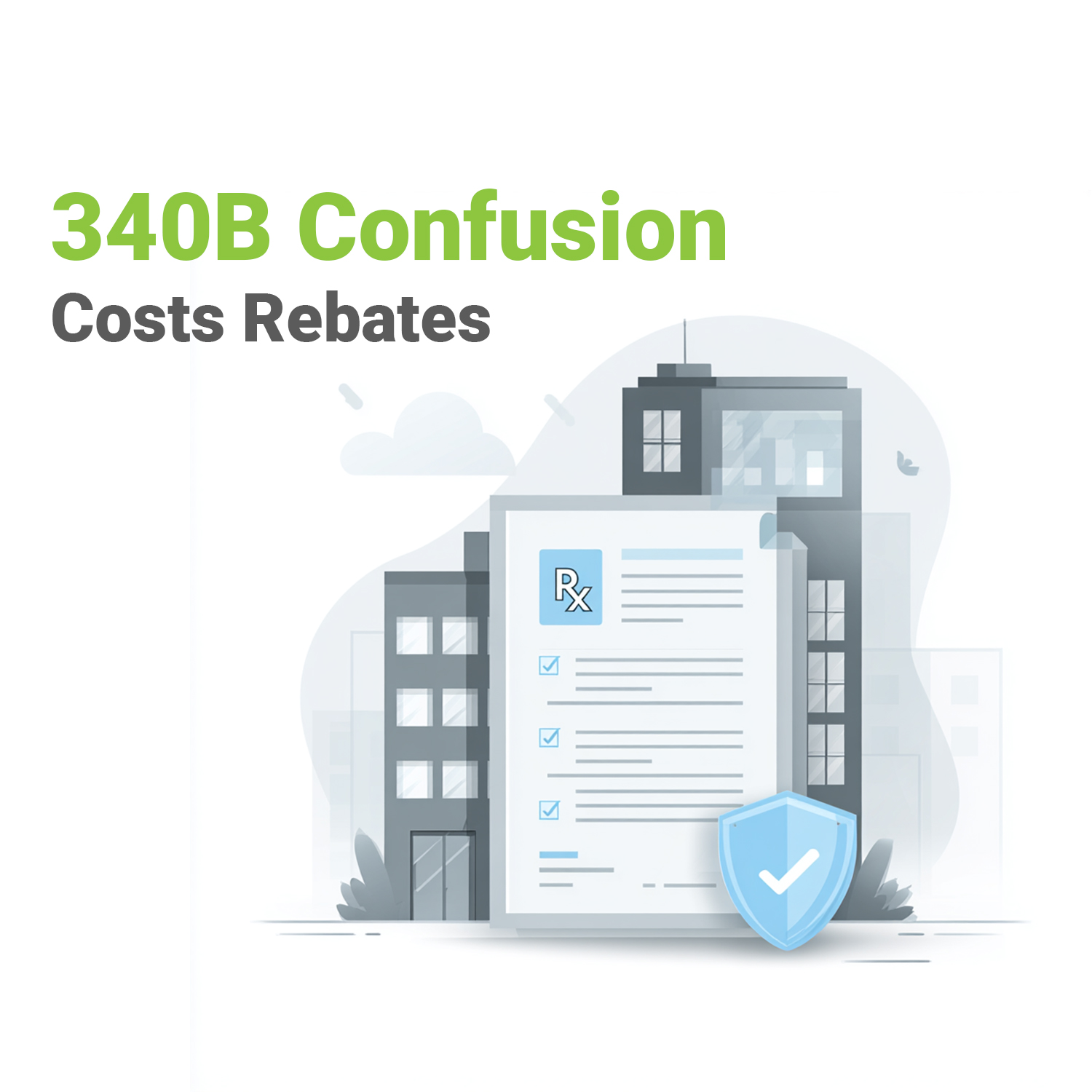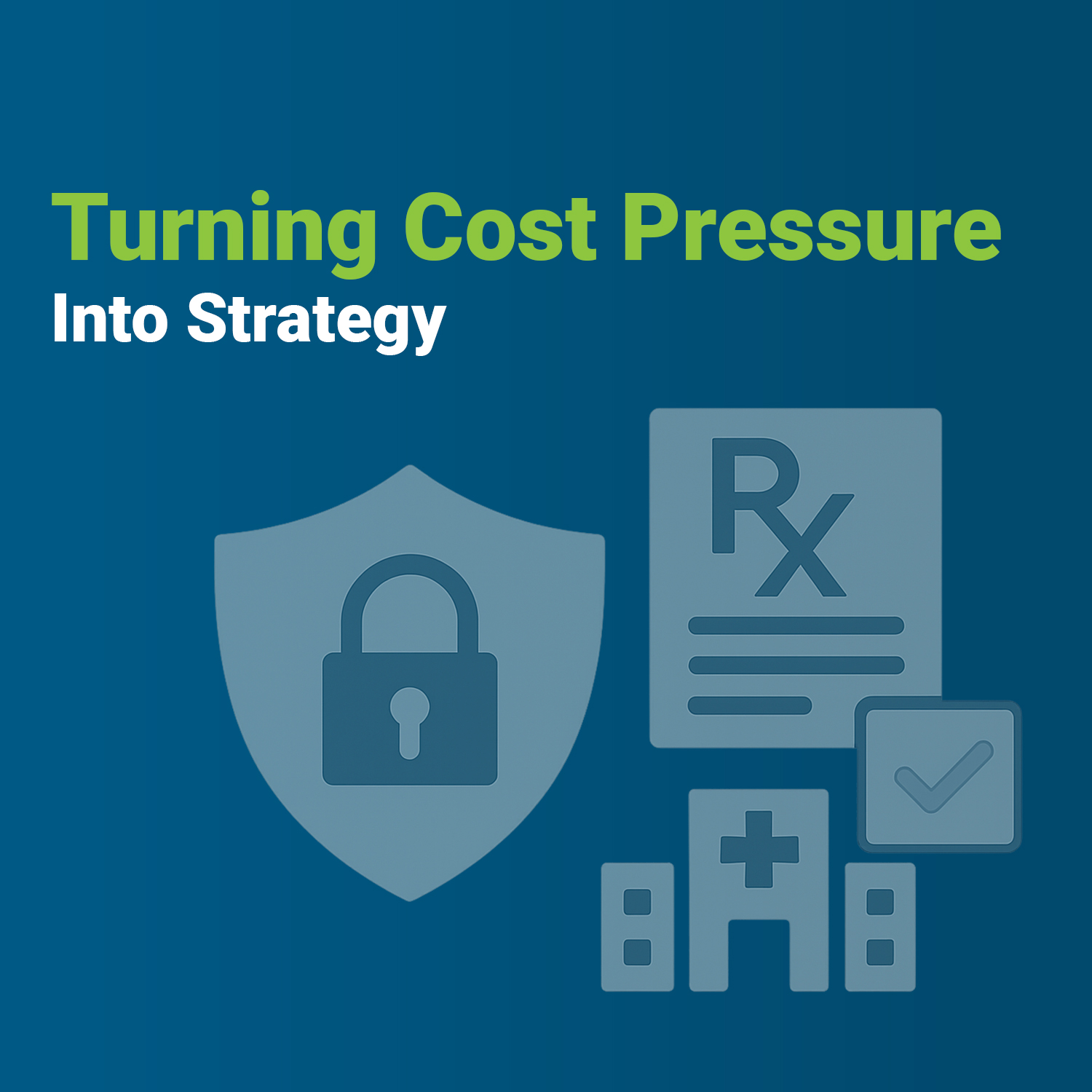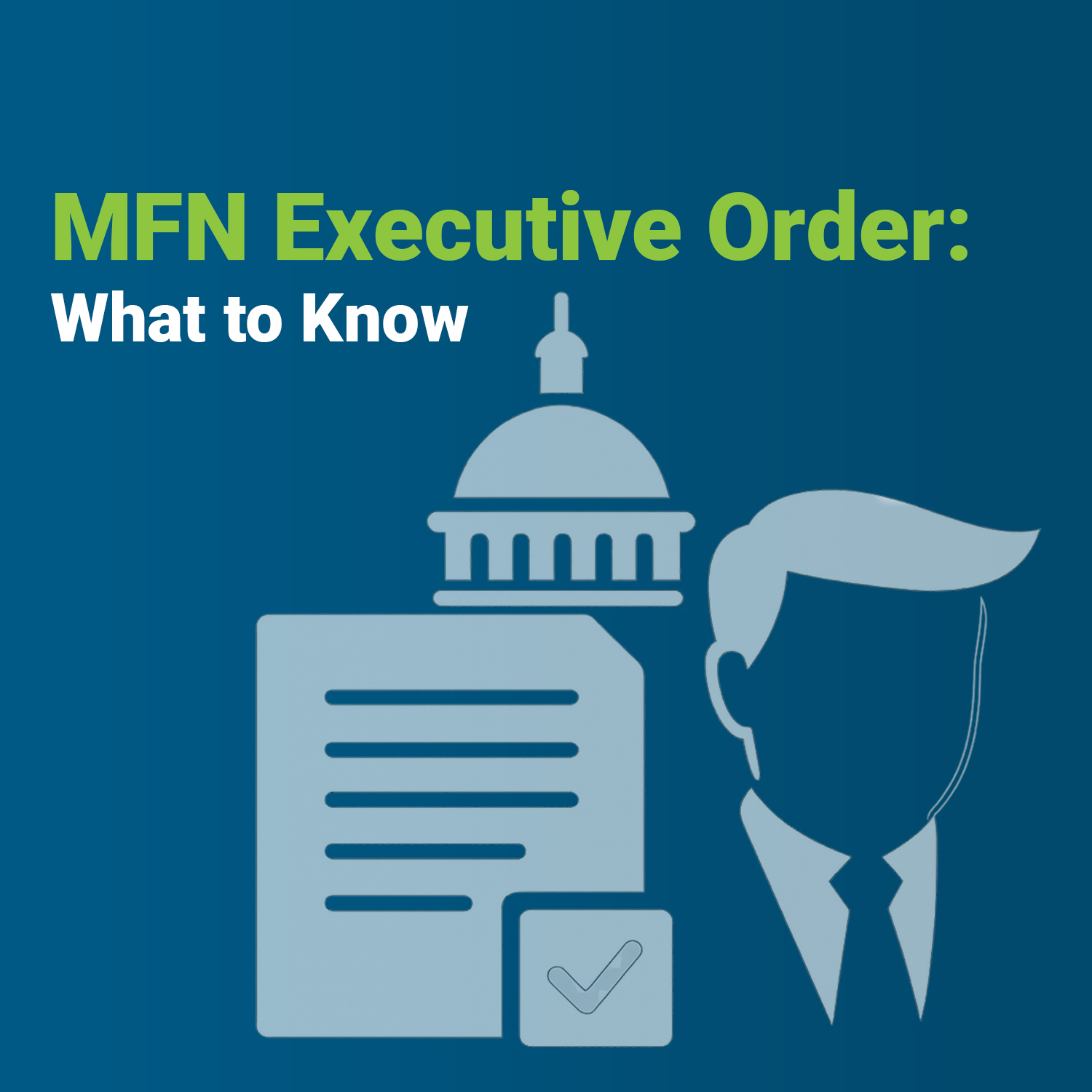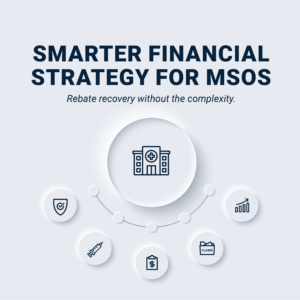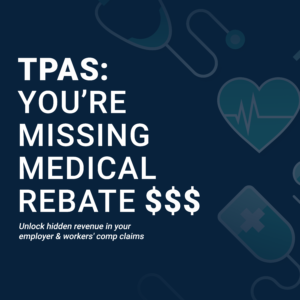With pharmacy benefit management so embedded in the way that we think of prescription benefit programs, its easy to forget that there was a time when PBMs did not exist at all.
Until the late 1980s, it was largely up to patients and members to deal directly with pharmacies and drug companies to determine what prescription drugs cost, who was paying for them and when the bill was due?Today, thats all changed, with almost all prescription drug plans benefitting from the involvement of a PBM. How did we get here?
A short history of the PBM
According to a well-researched history of the emergence of PBMs published by Risk & Insurance magazine, things changed quickly as pharmacy benefit plans flourished:
PBMs first emerged in the late 1980s, filling the need for a way to keep rapidly rising drug prices in check.
Without a middle man to hold the pharmaceutical industry accountable to consistent pricing standards, there was little to prevent gross overpricing by manufacturers or to guarantee reliable prices from region to region. PBMs provided stability and predictability in the market, and eased the billing process for payers by unifying vast networks of pharmacies.
Move to clinical management
But it wasnt long before PBMs started to fill a larger, more critical role for their clients, expanding their horizons and shifting into the clinical side of pharmacy cost management.
Those clinical management services include utilization review conducted by a physician or pharmacist, and recommendations for interventions on high-risk claims, such as sending educational materials to the claimant, communicating directly with a prescribing physician, assigning a nurse case manager, or ordering urine drug monitoring.
PBMs today
According to the National Association of Insurance Commissioners, today, there are 66 PBM companies serving more than 270 million Americans.
PBMs such as VativoRx work in conjunction with drug manufacturers, wholesalers, pharmacies, and health insurance providers but play no role in the physical distribution of prescription drugs, only handling negotiations and payments within the supply chain.
When a new drug is available, the manufacturer negotiates with wholesalers and Pharmacy Services Administrative Organizations (PSAOs), who then sell and distribute drugs to pharmacies. PBMs negotiate agreements with drug manufacturers on behalf of insurers and are paid rebates by drug manufacturers.
PSAOs and wholesalers negotiate reimbursements with PBMs on behalf of pharmacies. PBMs then pay pharmacies through health insurance providers for drugs dispensed to patients. PSAOs and PBMs are both third party companies with similar functions negotiating rebates and reimbursements, with PSAOs representing and offering services to independent pharmacies and PBMs representing health insurers.
VativoRx is proud to be part of this tradition of driving lower prices and increased access to prescription medicine for Americans.
Photo by Christina Victoria Craft on Unsplash
